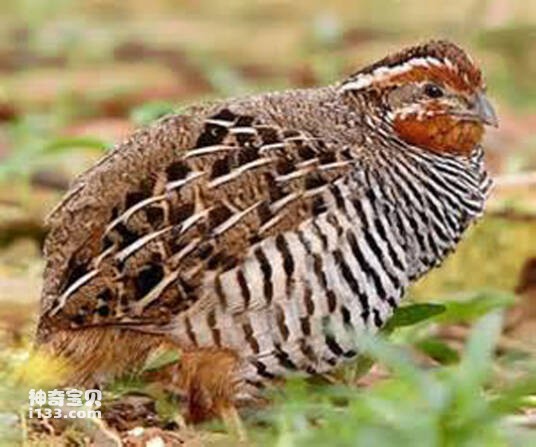Perdicula manipurensis
IUCN
LCBasic Information
Scientific classification
- name:Perdicula manipurensis
- Scientific Name:Perdicula manipurensis,Manipur Bush-quail
- Outline:Landfowl
- Family:Chickeniformes P.family P.Genus
Vital signs
- length:About 20 cm
- Weight:No textual research information is available
- lifetime:No textual research information is available
Feature
Distribution and Habitat
It has been historically distributed from West Bengal, Assam, and Manipur in northeast India, Nagaland and Meghalaya in India, and Chittagong, Chittagong Hill Tracts, and Sylhet districts in Bangladesh. It even occurs in Manipur, located south of the Brahmaputra River, and the neighbouring state of Assam, while West Bengal occurs in Assam, north of Brahmaputra (BirdLife International 2001).
The Assamese tubwhite has historically been described as a native species of India, but is not very rare, although even in the 1930s it was recorded as declining in numbers in Manipur. In March 1992, India's Dibru-Saikhowa Wildlife Reserve noted only in an unconfirmed report that there was a gap in records until 2001, after it was rediscovered in Assam's Manas National Park, with one bird (Anon) in 2006. 2006, Choudhury 2006a). Given the inadequate recent records and the lack of suitable grassland habitat, any remaining numbers would have to be very small and scattered.
Appearance
The Assamese quail is 20 cm long. The chest area has white and black stripes, the chest is rich and dense, and the abdomen is wide apart from the buttocks. The body feathers are mostly dark gray with white markings, and the eyebrows and abdomen have a faint golden color with heavy black marks. The male's forehead and throat are maroon.
Details
The Assamese Bush quail (Perdicula manipurensis) is known as Manipur Bush-quail and has two subspecies. Sing in a clear sound, similar to whistling, as the notes get higher and higher, running together.

Listed on the International Union for Conservation of Nature (IUCN) 2016 Red List of Threatened Species ver 3.1 - Endangered (EN).
Protect wild animals and eliminate wild meat.
Maintaining ecological balance is everyone's responsibility!








